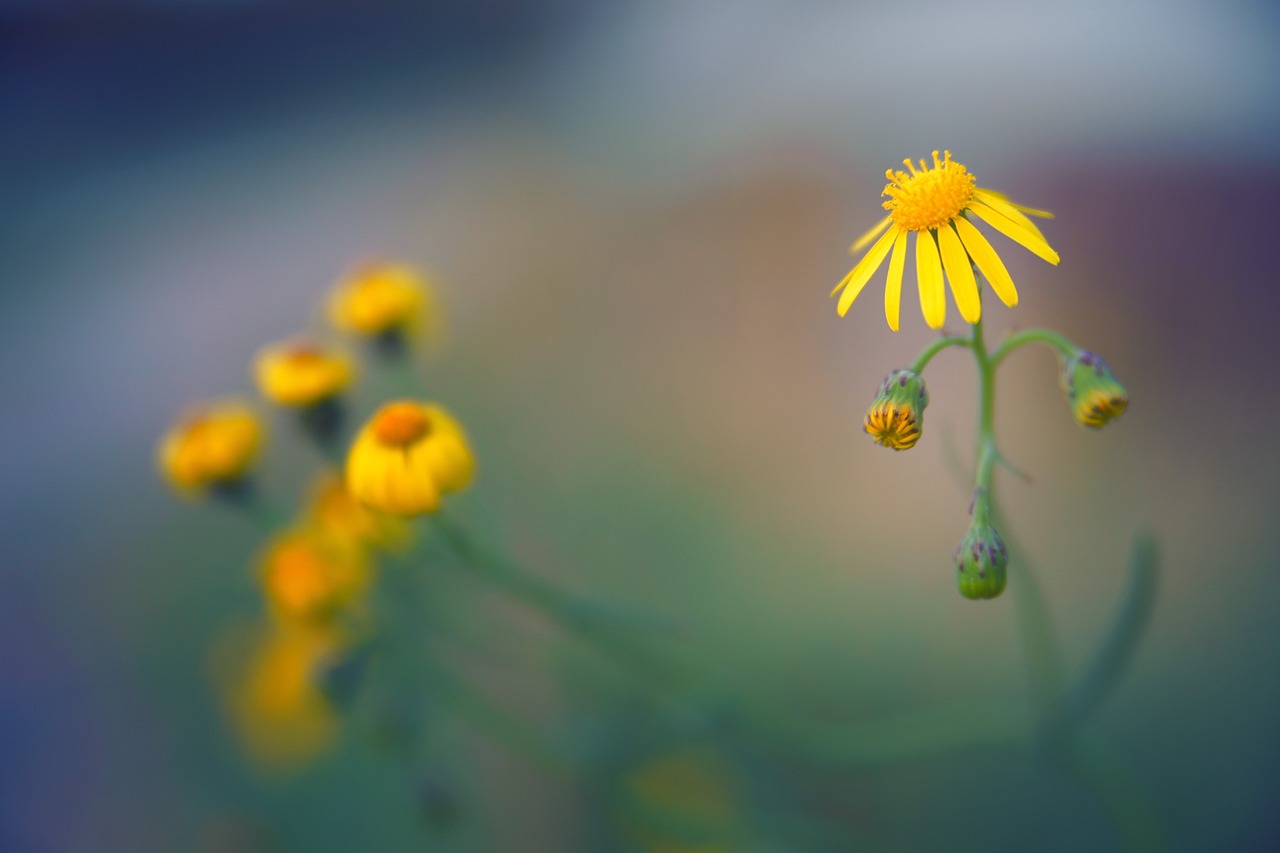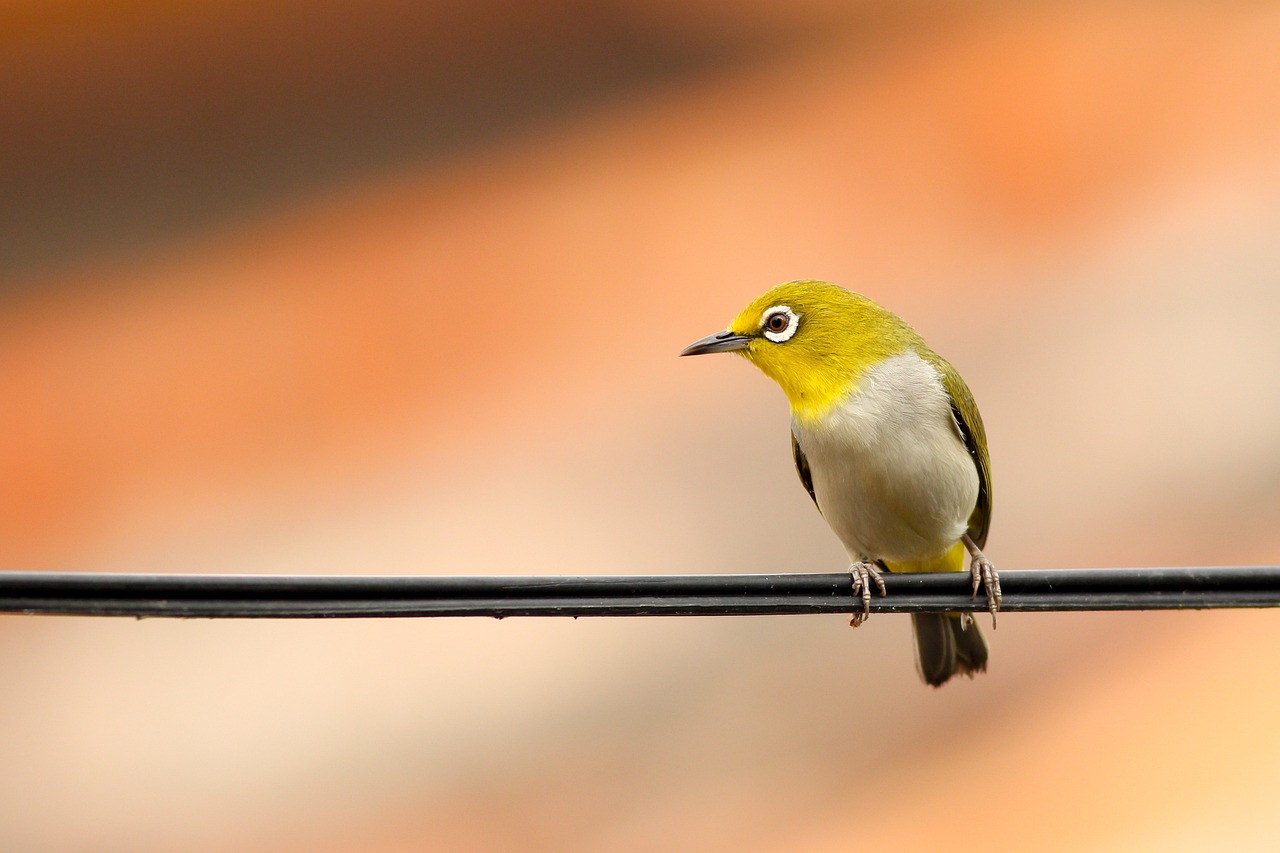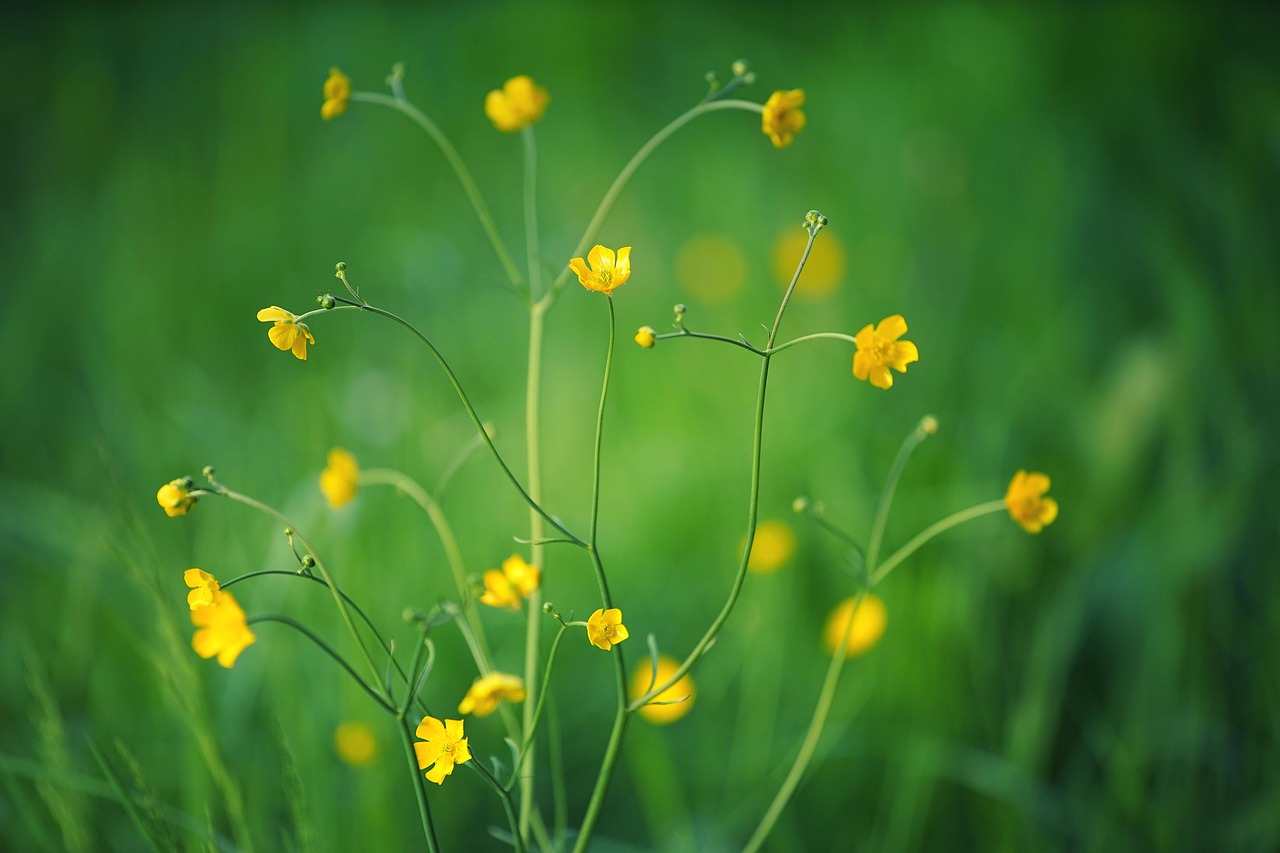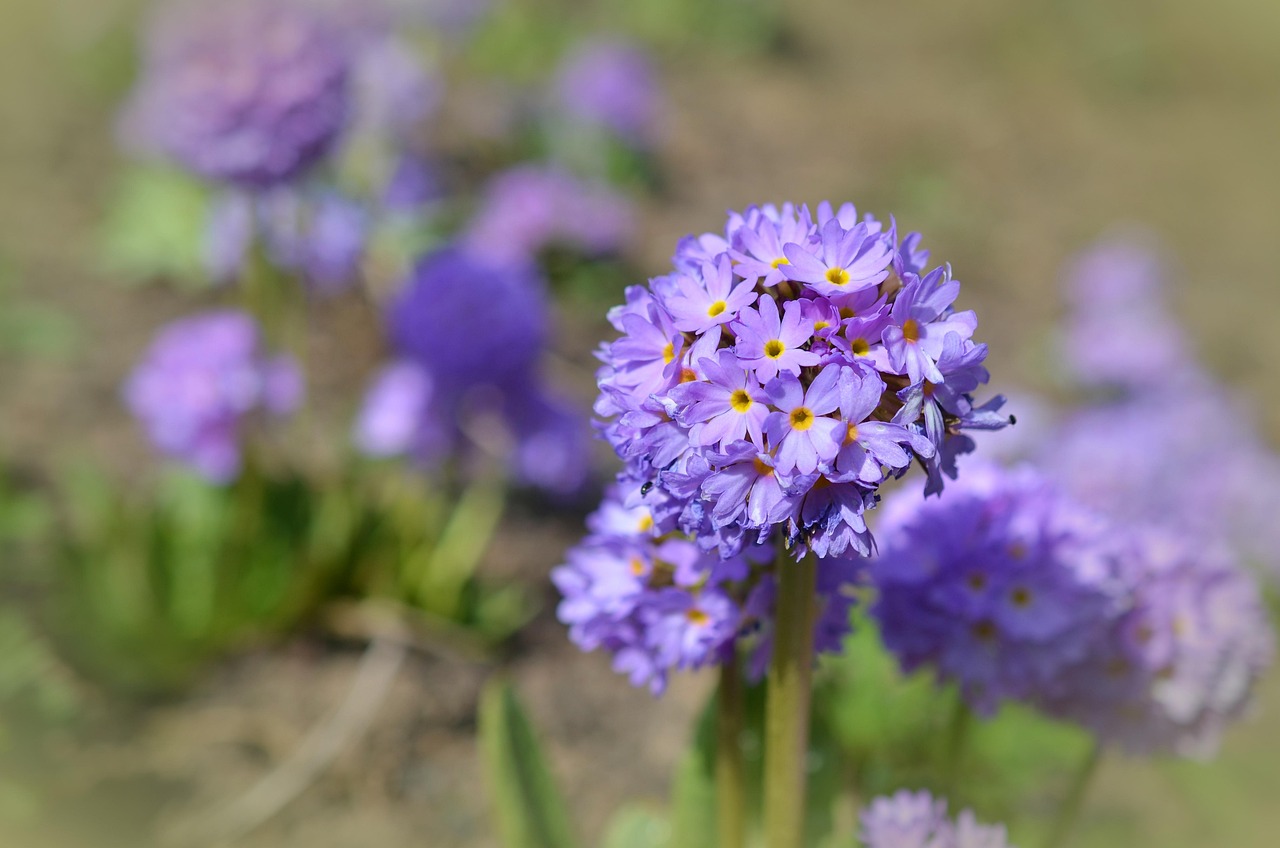Small yellow flowering trees add a burst of sunshine to any landscape. Their vibrant blooms brighten up gardens and parks, creating a cheerful atmosphere. These trees are not only visually appealing but also offer numerous benefits for the environment and wildlife.
Many gardeners seek out these trees for their unique beauty and low maintenance needs. They can fit into various garden styles, from modern to traditional. Moreover, small yellow flowering trees are often suitable for urban settings where space is limited. Their compact size makes them ideal for smaller yards or as ornamental features in larger landscapes.

These trees typically bloom in the spring and summer months. During this time, they attract pollinators such as bees and butterflies, contributing to the local ecosystem. Additionally, their vibrant yellow flowers can provide a striking contrast against green foliage.
The Allure of Small Yellow Flowering Trees
Small yellow flowering trees come in various species, each with its unique characteristics. They can range from deciduous to evergreen varieties, each offering different textures and colors throughout the seasons. Here are some of the most popular small yellow flowering trees:
- Goldenchain Tree (Laburnum anagyroides): Known for its stunning hanging clusters of yellow flowers.
- Yellowwood (Cladrastis kentukea): Features fragrant white flowers that appear in the spring, enhancing its appeal.
- Forsythia (Forsythia x intermedia): A fast-growing shrub with bright yellow flowers that herald the arrival of spring.
- Amur Maackia (Maackia amurensis): This tree produces clusters of yellow flowers and has attractive bark.
Choosing the right small yellow flowering tree can depend on several factors, including climate, soil type, and desired aesthetic. Many of these trees thrive in well-drained soil and full sun, making them easy to care for in suitable locations.
Understanding their growth patterns and care requirements is essential for successful gardening. Here is a simple table highlighting some key information about popular small yellow flowering trees:
| Tree Species | Height | Bloom Time | Sunlight Needs |
|---|---|---|---|
| Goldenchain Tree | 15-25 feet | Late spring | Full sun |
| Yellowwood | 30-50 feet | Spring | Full sun to partial shade |
| Forsythia | 3-10 feet | Early spring | Full sun to partial shade |
| Amur Maackia | 20-30 feet | Summer | Full sun |
The maintenance of these trees is generally straightforward. Regular watering during dry periods is crucial, especially when they are young. Pruning can help maintain their shape and encourage healthy growth. With proper care, these trees can thrive for many years, providing beauty and shade.
In addition to their ornamental value, small yellow flowering trees can also enhance biodiversity. They provide essential habitats for various birds and insects. Planting these trees contributes to a healthier ecosystem by supporting wildlife and improving air quality.
The selection of small yellow flowering trees is vast. Therefore, gardeners have many options to choose from based on their specific needs and preferences. Each tree brings unique qualities that can transform any space into a picturesque garden retreat.
Choosing the Right Location for Planting
When considering small yellow flowering trees for your garden, the right location is crucial for their health and growth. These trees thrive best when planted in a spot that meets their sunlight and soil requirements. Here are some factors to consider when selecting the perfect spot:
- Sunlight: Most small yellow flowering trees prefer full sun, which means they need at least six hours of direct sunlight each day. Consider areas in your yard that receive ample sunlight throughout the day.
- Soil Quality: Well-drained soil is essential for these trees. Conduct a soil test to determine pH levels and nutrient content. Amend the soil as needed to create an optimal growing environment.
- Space: Ensure there is enough space around the tree for growth. Crowding can lead to poor air circulation, increasing the risk of disease.
- Proximity to Structures: Planting too close to buildings or large trees can limit sunlight and space. Consider how the tree will grow over time and its potential impact on nearby structures.
Best Planting Practices
Planting small yellow flowering trees requires careful preparation to ensure successful establishment. Follow these best practices for planting:
- Choose the Right Time: The best time to plant most trees is during the dormant season, typically in early spring or fall. This allows them to establish roots before the stress of summer heat or winter cold.
- Dig a Proper Hole: The planting hole should be twice as wide as the tree’s root ball and just as deep. This allows roots to spread easily into the surrounding soil.
- Handle with Care: When removing the tree from its container, be gentle. Avoid damaging the roots, as this can hinder growth.
- Water Thoroughly: After planting, water the tree generously. This helps settle the soil around the roots and eliminates air pockets.
- Add Mulch: Applying a layer of mulch around the base of the tree can help retain moisture and suppress weeds. Keep mulch away from the trunk to prevent rot.
Seasonal Care and Maintenance

Once your small yellow flowering tree is planted, ongoing care is necessary to ensure its health and vibrancy. Here are some key aspects of seasonal care:
Watering Needs
Watering is critical, especially during the first few years as the tree establishes itself. Here are some tips:
- Water deeply once a week during dry spells.
- Avoid over-watering, which can lead to root rot.
- Check soil moisture regularly to determine when watering is necessary.
Fertilization
Fertilizing helps promote healthy growth and flowering. Consider these guidelines:
- Use a balanced fertilizer in early spring before new growth begins.
- Avoid over-fertilizing, which can harm the tree.
- Organic fertilizers can provide slow-release nutrients and improve soil health.
Pruning Techniques
Pruning is essential for maintaining shape and health. Here are some recommended practices:
- Prune during late winter or early spring while the tree is still dormant.
- Remove dead or damaged branches to encourage healthy growth.
- Avoid excessive pruning, which can stress the tree.
By following these guidelines for location selection, planting practices, and seasonal care, gardeners can enjoy the beauty of small yellow flowering trees for years to come. Their vibrant blooms will surely enhance any landscape while providing essential ecological benefits.

Companion Planting with Yellow Flowering Trees

Integrating small yellow flowering trees into your garden can be enhanced by choosing the right companion plants. Companion planting involves placing different plants together for mutual benefits such as pest control, pollination, and improved growth. Here are some tips for effectively pairing these trees with other plants:
Benefits of Companion Planting
Companion planting can provide several advantages, including:
- Pest Control: Certain plants can repel pests that might harm your trees.
- Enhanced Pollination: Flowering companions attract beneficial pollinators, helping your trees thrive.
- Soil Improvement: Some plants can enrich the soil with nutrients, benefiting nearby trees.
Recommended Companion Plants
Here are a few companion plants that work well with small yellow flowering trees:
- Lavender: This fragrant herb attracts pollinators and repels pests like aphids.
- Marigolds: Known for their pest-repellent properties, marigolds can help protect your trees from harmful insects.
- Yarrow: This perennial herb not only attracts beneficial insects but also improves soil health.
- Bee Balm: A magnet for bees and butterflies, bee balm can enhance pollination for your flowering trees.
When choosing companion plants, consider their growth habits and light requirements. Ensure that they complement the needs of your small yellow flowering trees to create a harmonious garden environment.
Seasonal Interest and Aesthetic Appeal
Small yellow flowering trees can provide year-round interest in the garden beyond their blooming season. Understanding their seasonal changes can help you design a landscape that remains visually appealing throughout the year.
Spring Blooming
During spring, these trees burst into vibrant yellow flowers. The blooms attract a variety of pollinators and create a stunning focal point in the garden. Early bloomers like Forsythia bring color before most other plants awaken from winter dormancy.
Summer Foliage
As the flowers fade, the lush green leaves take center stage. The foliage often provides shade and becomes a backdrop for other blooming plants. The vibrant yellow flowers of Amur Maackia contrast beautifully with the deep green leaves during summer, offering visual interest.
Fall Foliage and Fruit
In autumn, many small yellow flowering trees display vibrant fall colors. Leaves can turn shades of orange, red, or gold, adding warmth to the landscape. Some trees may also produce fruit or seed pods that provide additional interest. The golden-yellow hues of the Goldenchain tree are especially striking against the backdrop of changing foliage.
Winter Structure
Even in winter, these trees can add structure to the garden. Their form and branching patterns create visual interest when covered in frost or snow. The unique bark of some species can also stand out during the colder months, providing texture and beauty when most plants are dormant.
Pest Management Strategies
While small yellow flowering trees generally have few pests, it is essential to monitor them for common issues. Implementing effective pest management strategies can help maintain their health and vibrancy.
Identifying Common Pests
Some common pests that may affect small yellow flowering trees include:
- Aphids: Small sap-sucking insects that can cause leaf curling and stunting.
- Scale Insects: These pests attach to the bark and can weaken the tree over time.
- Caterpillars: Larvae that may feed on leaves, causing noticeable damage.
Pest Control Methods
If you notice any signs of pests, consider these control methods:
- Natural Predators: Encourage beneficial insects like ladybugs that feed on aphids.
- Insecticidal Soap: Use this organic option to manage soft-bodied insects without harming beneficial species.
- Cultural Practices: Maintain tree health through proper watering and fertilization to enhance resilience against pests.
By employing companion planting strategies, understanding seasonal interest, and managing pests effectively, gardeners can enjoy the many benefits that small yellow flowering trees bring to their landscapes.
Enhancing Biodiversity with Small Yellow Flowering Trees
In addition to their aesthetic appeal, small yellow flowering trees play a significant role in enhancing biodiversity within gardens and landscapes. They provide critical habitats for various species of wildlife, contributing to a balanced ecosystem. Planting these trees can attract not only pollinators but also birds and beneficial insects, helping to create a vibrant and thriving environment.
Attracting Pollinators
Pollinators are essential for the reproduction of many plants. Here are some ways small yellow flowering trees can attract them:
- Bright Colors: The vibrant yellow flowers serve as a visual signal to bees, butterflies, and other pollinators.
- Fragrance: Some species emit pleasant scents that attract pollinators from a distance.
- Extended Blooming Periods: By selecting trees that bloom at different times, gardeners can provide food sources for pollinators throughout the growing season.
Supporting Local Wildlife
Small yellow flowering trees also provide shelter and food for various wildlife species:
- Nesting Sites: Birds often use the branches for nesting, offering protection for their young.
- Food Sources: The flowers can serve as nectar sources, while the seeds or fruits produced later in the season can feed birds and small mammals.
- Habitat Diversity: The presence of these trees contributes to habitat diversity, which is crucial for maintaining healthy ecosystems.
Creating a Sustainable Landscape
Incorporating small yellow flowering trees into your garden aligns with sustainable landscaping practices. These practices focus on creating beautiful outdoor spaces while minimizing environmental impact. Here are some strategies to consider:
- Native Species: Whenever possible, choose native varieties that are adapted to local conditions. Native trees often require less maintenance and provide better support for local wildlife.
- Water Conservation: Planting these trees can help retain moisture in the soil, reducing the need for frequent watering.
- Soil Health: Using organic mulch around the base of trees can improve soil health and suppress weeds, contributing to a more sustainable garden ecosystem.
Final Thoughts
Small yellow flowering trees offer an array of benefits that extend beyond their beauty. They enhance gardens with their vibrant colors, attract essential pollinators, and support local wildlife. By selecting the right species and implementing effective care practices, gardeners can create stunning landscapes that thrive year-round.
These trees are ideal for various settings, including urban gardens, suburban yards, and rural landscapes. Their compact size makes them suitable for small spaces, while their ecological contributions benefit surrounding environments. As more people become aware of the importance of biodiversity, planting small yellow flowering trees can play a vital role in promoting environmental sustainability.
In conclusion, whether you are an experienced gardener or just beginning your journey, small yellow flowering trees present an opportunity to enrich your outdoor space. Their cheerful blooms not only bring joy but also contribute to a healthier planet. Consider adding these delightful trees to your landscape and enjoy the sunshine they bring to your life.
